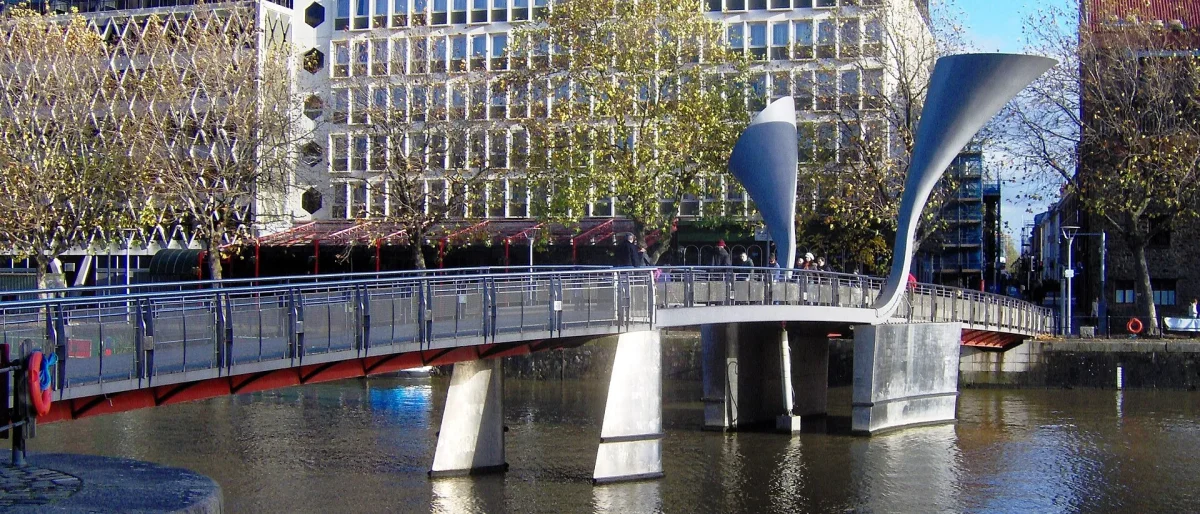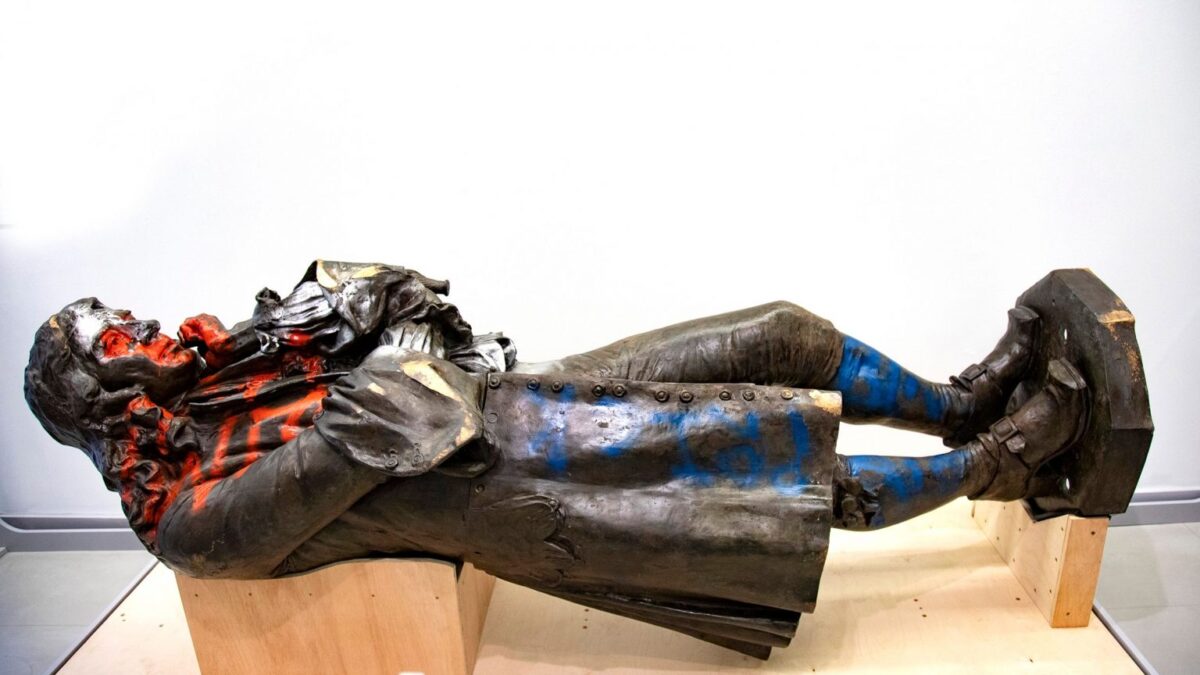This story begins in the late seventeenth century, after the restoration of the monarchy that followed the Civil War. The Royal African Company was an English trading company, sponsored by the king’s brother, the Duke of York, that sent ships down from Bristol Harbour to the West African coast. Funded by merchants including Edward Colston (1636-1721), those ships carried trade goods like cheap guns and cloth to exchange for enslaved West African people. Once trapped in the hellish conditions on board, their next stop was the Caribbean.
Fast-forward to 1895, and Bristol harbour’s colonial complicity was set in stone. The city’s Victorian leaders sought to honour Colston’s generosity as the patron of almshouses and schools, erecting an elaborate, larger-than-life-size bronze statue in the city centre. He also had streets and a huge concert hall named after him.
In 2020, though, the legacy of slavery finally caught up with Edward Colston. That summer Black Lives Matter protests, sparked in the United States by George Floyd’s murder at the hands of a white police officer, spread across England, joining the legacy of earlier campaigns, like Rhodes Must Fall in South Africa, that had targeted public monuments to white supremacy. Protestors in Bristol dragged Colston’s statue down and threw it into Bristol harbour, making national front pages.
“This was a day I would never forget,” Dylan recalled. By drowning Colston in the harbour, Bristolians declared that they would no longer be silently complicit in the city’s historical links to racial slavery.
At least as far as some were concerned, the effort to reforge Bristol’s Black history transformed the harbour into a symbol of multiculturalism. Instead of the trade in human beings, the flow of water could begin to represent the flow of free people into this multicultural city.

